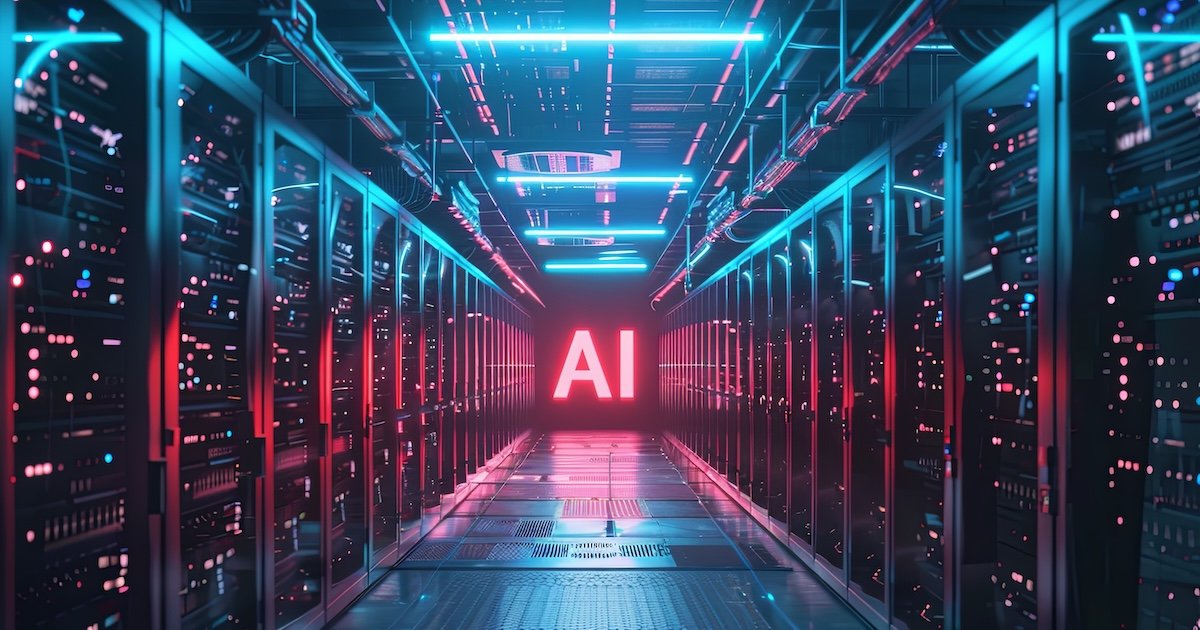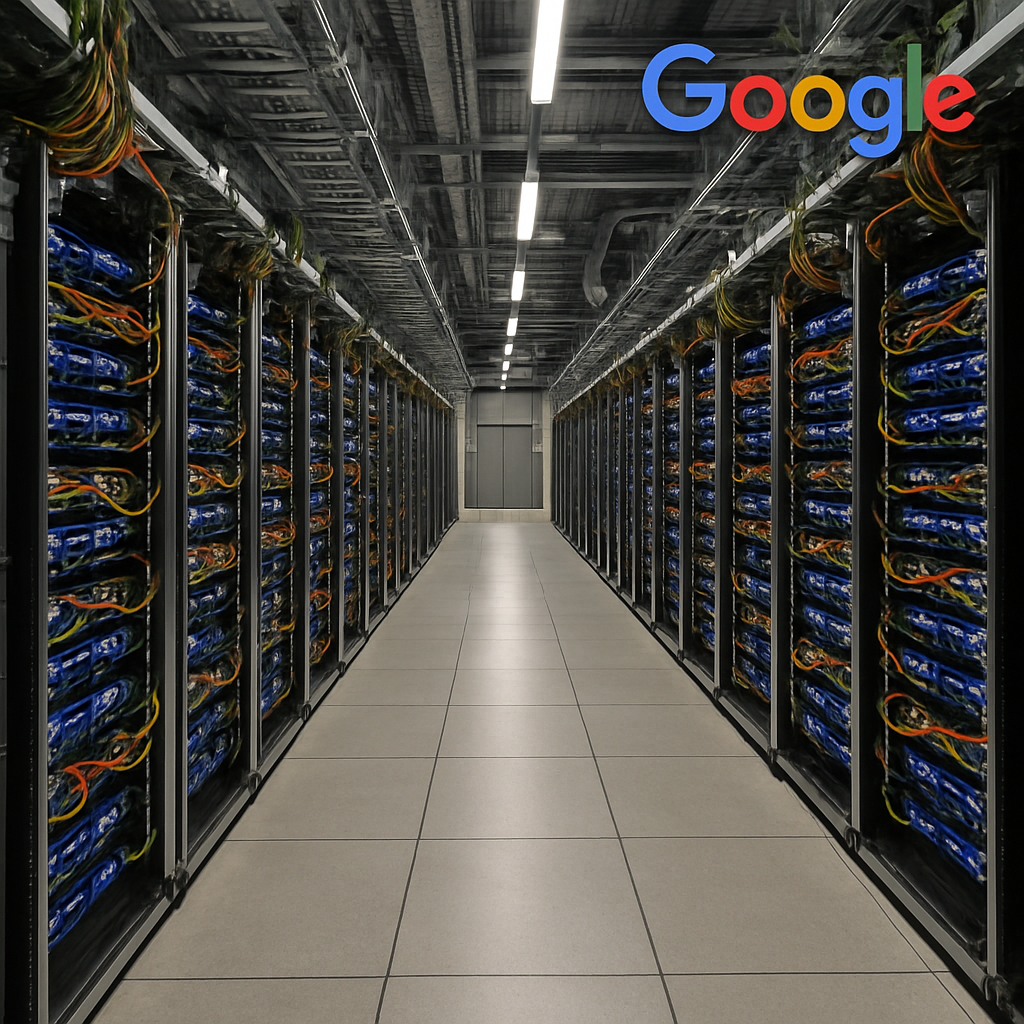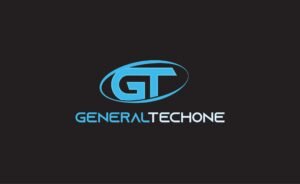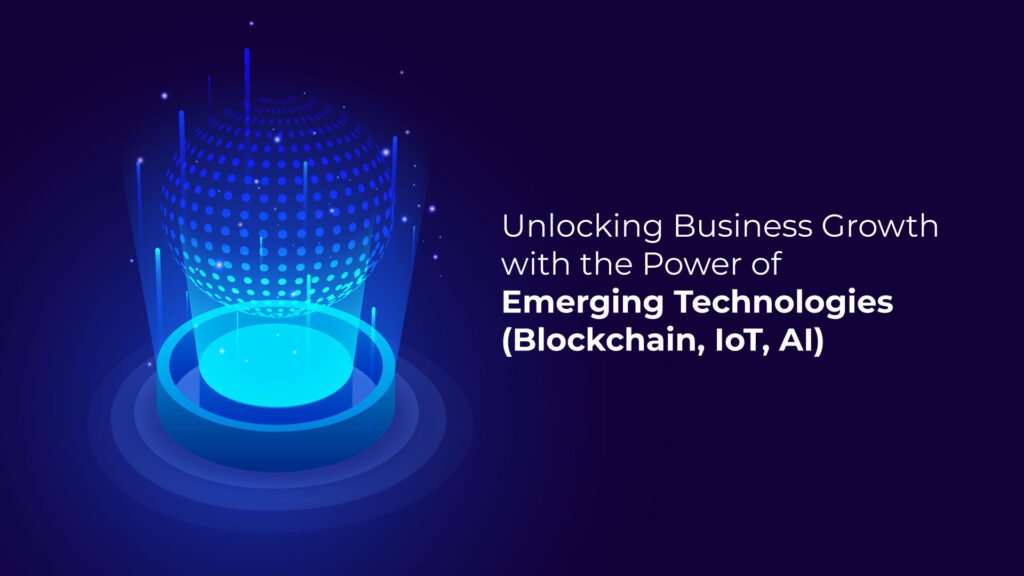Introduction
If you run a business today, you’ve likely heard about Artificial Intelligence (AI) and Blockchain technology. But beyond the buzzwords, how can these powerful tools actually help your business grow and increase revenue?
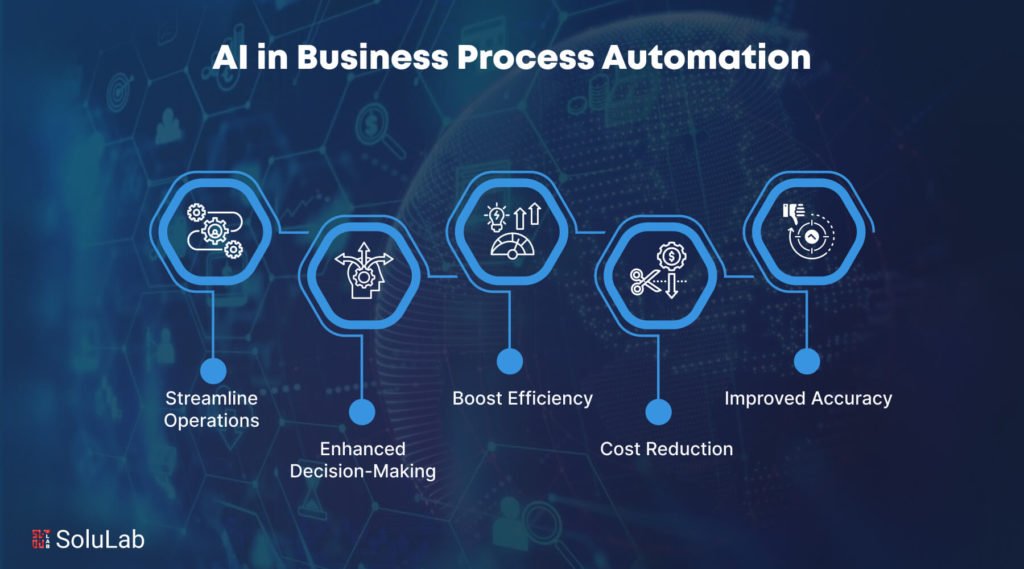
Whether you run an e-commerce store, a logistics company, or a financial service, AI and Blockchain can reshape how you operate, make decisions, and interact with customers. In this post, we’ll explore real-world examples of businesses already benefiting from these technologies and how you can too.
Top 3 AI and Blockchain Business Applications
-
AI-Powered Customer Personalization
Overview
AI enables businesses to analyze vast amounts of customer data to deliver highly personalized experiences. From product recommendations to tailored marketing messages, AI helps you connect with your audience on a deeper level.
Key Features:
- Machine learning algorithms for behavior analysis
- Natural language processing for chatbots and customer support
- Predictive analytics for sales forecasting
Pros:
- Increased customer loyalty
- Higher conversion rates
- Enhanced customer satisfaction
Cons:
- Requires quality data input
- Potential privacy concerns
Ideal For: E-commerce, retail, and subscription services
Real-World Example:
Amazon uses AI to recommend products based on browsing and purchase history, driving a significant portion of its sales through personalized recommendations.
Check out AI tools for business personalization:
-
ChatGPT (OpenAI) – AI-Powered Conversations
Great for: Customer support, content generation, email drafting, internal knowledge management.
Why it works: ChatGPT learns and responds in real-time, improving productivity and user engagement.
-
Jasper AI – Content Marketing Powerhouse
Great for: Marketers, bloggers, and eCommerce entrepreneurs.
Why it works: Create blog posts, landing pages, social media content, and product descriptions 10x faster.
-
Grammarly Business – Smart Writing Assistant
Great for: Teams needing polished content, fast.
Why it works: AI that corrects grammar, tone, clarity, and more in real-time.
-
Synthesia – AI Video Creation
Great for: HR teams, educators, marketers, and product demos.
Why it works: Create professional-looking videos from text—no camera or editing needed.
-
Zapier – Workflow Automation AI
Great for: Automating repetitive tasks between 5,000+ apps.
Why it works: Connects your tools with smart triggers that save time and money.
Top Blockchain Solutions to Build Trust & Transparency
-
Ethereum – Smart Contract Leader
Use Case: Build secure, decentralized apps (DApps), DeFi, NFTs, and more.
Why it works: Trusted by developers and enterprises for its programmable blockchain network.
-
Polygon (MATIC) – Scalable Web3 Infrastructure
Use Case: Businesses needing fast, low-cost blockchain solutions.
Why it works: Ideal for NFT marketplaces, DeFi, gaming, and supply chain projects.
-
Hyperledger Fabric – Enterprise Blockchain
Use Case: Finance, healthcare, logistics, and corporate data privacy.
Why it works: A permissioned blockchain platform that supports modular architecture and scalability.
-
Chainlink – Smart Data for Smart Contracts
Use Case: Connecting real-world data to blockchain applications.
Why it works: Essential for DeFi, insurance, and financial markets relying on verified data feeds.
-
VeChain – Supply Chain Transparency
Use Case: Real-time product tracking, authentication, and logistics.
Why it works: Used by companies like BMW and Walmart China to verify product origins and logistics.
How Your Business Can Benefit
✅ Automate repetitive tasks and improve efficiency
✅ Reduce operational costs
✅ Gain insights through data-driven decisions
✅ Build customer trust with transparent operations
✅ Explore new revenue models (NFTs, DApps, AI SaaS tools)
-
Blockchain for Supply Chain Transparency
Overview
Blockchain provides a decentralized, tamper-proof ledger that enhances transparency and trust in supply chains. Businesses can track the origin, movement, and authenticity of products in real-time.
Key Features:
- Immutable transaction records
- Enhanced traceability
- Smart contracts for automated processes
Pros:
- Increased consumer trust
- Reduced fraud and counterfeiting
- Streamlined compliance with regulations
Cons:
- Implementation complexity
- Scalability challenges
Ideal For: Food industry, luxury goods, pharmaceuticals
Real-World Example:
Walmart uses blockchain to track the origin of produce, reducing the time it takes to trace food contamination from weeks to seconds.
Explore blockchain supply chain solutions
-
AI and Blockchain for Financial Transactions
Overview
Combining AI with Blockchain transforms financial transactions by enhancing security, automating fraud detection, and enabling faster, more transparent payments.
Key Features:
- AI-driven fraud detection systems
- Blockchain-based secure payment systems
- Automated regulatory compliance
Pros:
- Increased transaction speed
- Reduced fraud
- Lower transaction costs
Cons:
- Regulatory uncertainty
- High initial investment
Ideal For: Banking, fintech, cross-border e-commerce
Real-World Example:
JPMorgan Chase uses AI for fraud detection and Blockchain (via its Quorum platform) to streamline cross-border payments.
Discover AI + Blockchain financial solutions
What to Look for When Choosing AI and Blockchain Solutions
-
Scalability
Ensure the technology can grow with your business without significant reinvestment.
-
Integration Capabilities
Look for solutions that integrate seamlessly with your existing systems and workflows.
-
Regulatory Compliance
Choose providers that prioritize compliance with local and international regulations.
-
Security Features
Prioritize robust security protocols to protect data and transactions.
-
Cost vs. ROI
Analyze the potential return on investment against the initial and ongoing costs of implementation.
FAQ Section
Q1: Do small businesses benefit from AI and Blockchain?
A: Absolutely. Many affordable, scalable AI and Blockchain solutions exist today, making it easier than ever for small businesses to adopt these technologies.
Q2: Are there risks associated with these technologies?
A: Like any technology, there are risks, such as data privacy concerns with AI and regulatory hurdles with Blockchain. However, proper planning and choosing reputable providers can mitigate these risks.
Q3: How do I start implementing AI or Blockchain?
A: Begin with a clear business goal. Identify processes that could benefit from automation, transparency, or personalization, then consult with experts to choose the right tools.
Conclusion
AI and Blockchain are no longer futuristic concepts; they are practical tools businesses are using today to enhance growth and drive revenue. From personalized marketing to transparent supply chains and secure financial transactions, the opportunities are vast.
If you’re looking to future-proof your business, now is the time to explore these technologies. Start small, scale smartly, and soon, you’ll see the impact on your bottom line. download free AI tool kit for GtechOne.
Blockchain technology has evolved to enhance business efficiency across various sectors. Beyond its origins in cryptocurrency exchanges, it is now also driving the development of Web3 ecosystems – the third generation of the internet, focused on decentralized data control. Emre Boz reports.
Expensive to build and often needing highly skilled engineers to maintain, artificial intelligence systems generally only pay off for large tech companies with vast amounts of data. But what if your local pizza shop could use AI to predict which flavor would sell best each day of the week? Andrew Ng shares a vision for democratizing access to AI, empowering any business to make decisions that will increase their profit and productivity. Learn how we could build a richer society for all with just a few self-provided data points.


